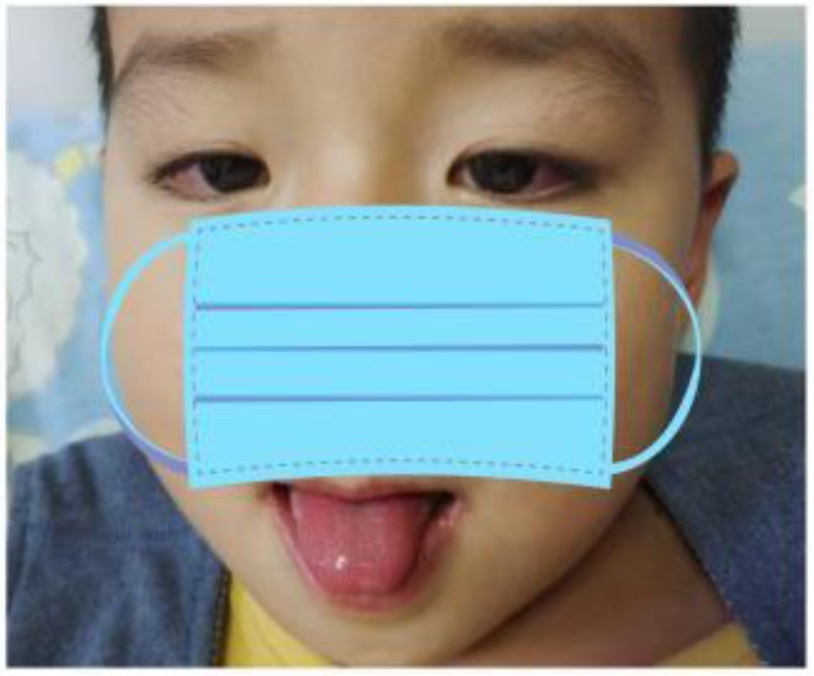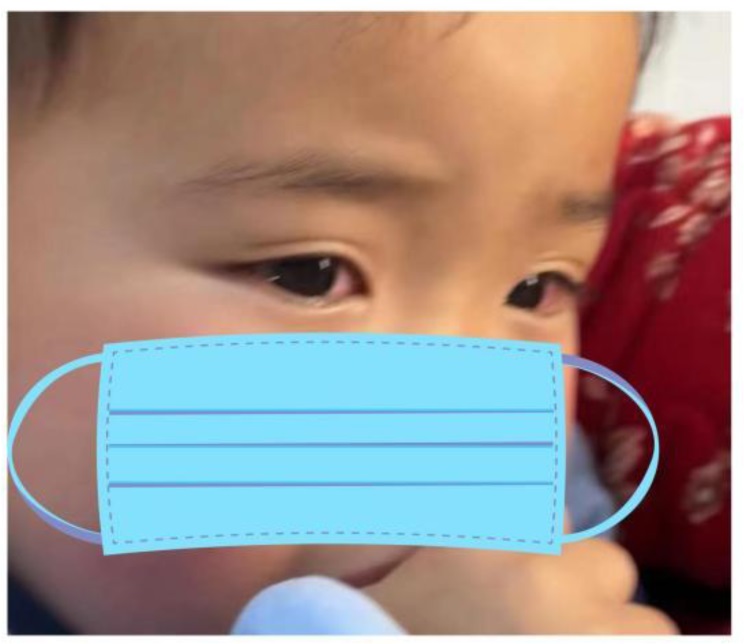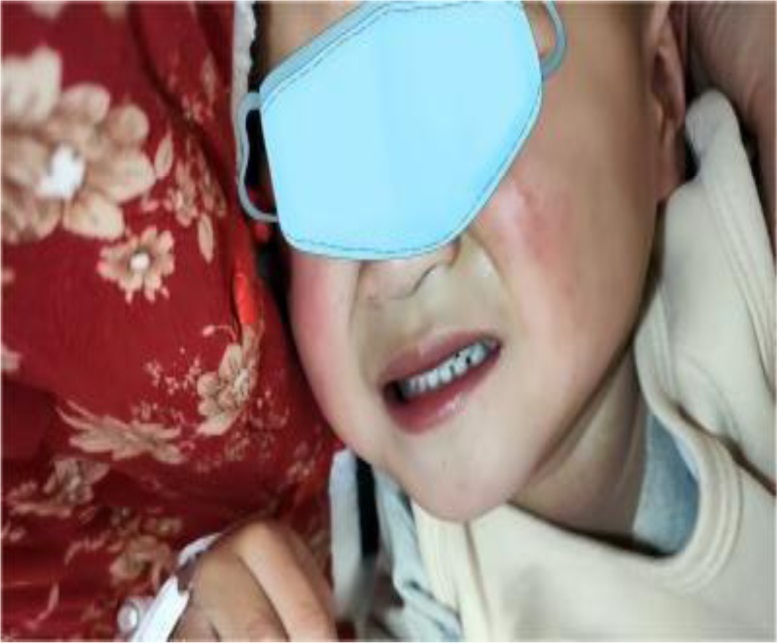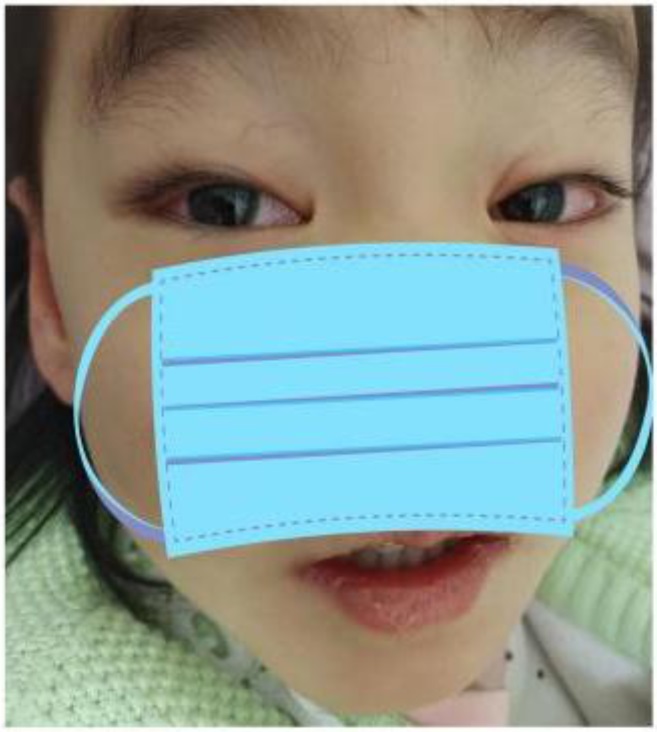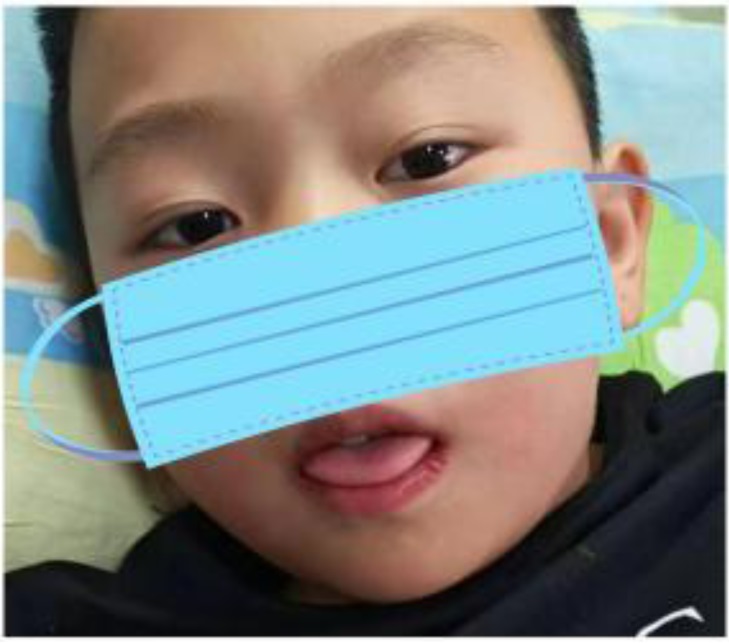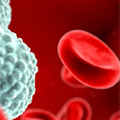1.
Introduction
Kawasaki disease (KD) is an acute autoimmune systemic vasculitis, also known as mucocutaneous node lymphatic syndrome, which was initially reported and named by the Japanese scholar Tomisaku Kawasaki [1]. Patients are categorized into Complete KD (CKD) and Incomplete KD (IKD). In the presence of ≥4 principal clinical features at any point during the illness (does not need to be concurrent), the diagnosis of CKD can be made with 4 days of fever. Experienced clinicians may establish the diagnosis earlier, at 3 days of fever. IKD is defined as unexplained fever with 2–3/5 clinical manifestations of unexplained fever, and infants ≤6 months of age with unexplained fever lasting ≥7 days, and compatible laboratory or echocardiographic findings: (1) C-reactive protein (CRP) ≥ 30 mg/L or erythrocyte sedimentation rate (ESR) ≥ 40 mm/h, or both; +3 or more of the following: Anemia for age; platelets ≥ 450,000; albumin ≤ 3 g/dL; elevated ALT; elevated WBCs ≥ 15,000/mm3; and urine WBCs ≥ 10/hpf. (2) Z score of LAD CA or RCA ≥ 2.5. (3) ≥3 other suggestive features exist, including decreased left ventricular function, mitral regurgitation, pericardial effusion, or Z scores in LAD or RCA 2–2.5 [2].
Recurrent KD (RKD) refers to a recurrence of the disease at least two months after the first onset [3]. This commonly occurs within 2 years after initial onset, with a gradual decrease in recurrence rate over time [4]. A survey report from Japan [5] mentioned that children with RKD had a significantly higher risk of cardiac sequelae compared to those in the initial disease group (cardiac sequelae refer to the presence of coronary aneurysm (including dilatation) within one month after onset and coronary artery stenosis (including stenoses, myocardial infarction, and valvular disease). In this study, we summarize and analyze the characteristics of RKD in order to identify high-risk patients and prevent coronary artery lesions (CALs).
2.
Case presentation
Case 1: On July 6, 2023, a 3-year-old Han Chinese boy weighing 14.5 kg was admitted to the Department of Pediatric Respiratory Medicine of Xianyang Rainbow Hospital for treatment of a “lymph node mass found in the neck, fever for 2 days, and conjunctival congestion for 1 day.” The basic information, complications, etiology, and treatment of the boy is shown in Table 1. The clinical manifestations of the first onset and recurrence about the boy is shown in Table 2. The child's conjunctival congestion in both eyes and red lips are shown in Figure 1. Echocardiographic findings during the child's initial hospitalization and during the follow-up period are shown in Table 3.
Full blood count (FBC), CRP, ESR, alanine aminotransaminase (ALT), aspartate aminotransaminase (AST), and interleukin-6 (IL-6) were tested during the course of the disease, and the results are shown in Table 4. On day 3 of admission, ultrasound showed bilaterally enlarged cervical lymph nodes (left 2.7 × 0.8 cm, right 2.7 × 0.9 cm). Cardiac and coronary ultrasound showed tricuspid and mitral regurgitation, and coronary Z scores were normal. On day 7, cardiac and coronary ultrasound Z scores were normal.
Following admission, cefoperazone sulbactam sodium was given for anti-infection. On day 2, combined with the child's symptoms, signs and examination findings, the doctor diagnosed CKD and administered IVIG (2 g/kg) and aspirin. On day 3, clinical symptoms disappeared, cardiac ultrasound and coronary ultrasound Z scores were normal, and the aspirin dose was reduced. On day 8, the child developed another fever (39.2 °C) with conjunctival congestion. KD was considered insensitive to IVIG, and the patient was re-infused with IVIG (same dose as before) that afternoon, through concomitant administration of methylprednisolone sodium succinate to suppress the inflammatory response. On day 11, the clinical symptoms disappeared, and the inflammatory index CRP was normalized. The patient was discharged from the hospital and continued to take aspirin according to the regimen. The duration of hospitalization was 12 days. The boy's coronary arteries were free of lesions during 1 year and 3 months of follow-up (Table 5).
Case 2: On August 24, 2023, a 3-year-old Han Chinese girl weighing 12.5 kg was hospitalized in the Pediatric Respiratory Department of Xianyang Rainbow Hospital with “fever for 4 days, rash and conjunctival congestion for half a day”. The basic information, complications, etiology, and treatment of the girl is shown in Table 1. The clinical manifestations of the first onset and recurrence about the girl is shown in Table 2. The child's conjunctival congestion in both eyes is shown in Figure 2 and red lips is shown in Figure 3. Echocardiographic findings during the child's initial hospitalization and during the follow-up period are shown in Table 3.
FBC, CRP, ESR, ALT, AST, and IL-6 were tested during the course of the disease, and the results are shown in Table 6. On day 1, ultrasound showed bilaterally enlarged cervical lymph nodes (left: 2.1 × 0.6 cm, right: 2.2 × 0.8 cm). Cardiac and coronary ultrasound color flow suggested tricuspid regurgitation and the coronary Z-score was normal. On day 2, cervical lymph node ultrasound showed bilateral enlarged cervical lymph nodes (left: 2.1 × 0.6 cm, right: 2.2 × 0.8 cm). Cardiac and coronary ultrasound color flow suggested tricuspid regurgitation, and the coronary Z-score was normal.
Combined with the child's clinical manifestations and examination findings, the doctor diagnosed CKD, and IVIG (2 g/kg) combined with aspirin was administered. On day 3, the clinical symptoms disappeared, and the dose of aspirin was reduced. On day 5, the inflammatory indicators were generally normal. After discharge, the patient was treated according to the treatment regimen. The girl had no CALs during the follow-up period of 1 year and 2 months (Table 5).
Case 3: On May 31, 2024, a 5-year-old Han Chinese girl weighing 15.5 kg was hospitalized in the Department of Pediatric Respiratory Medicine of Xianyang Rainbow Hospital for “fever for 5 days and conjunctival congestion for 3 days”. The basic information, complications, etiology, and treatment of the girl is shown in Table 1. The clinical manifestations of the first onset and recurrence about the girl is shown in Table 2. The child's conjunctival congestion in both eyes and red lips are shown in Figure 4. Her parents stated that there were no CALs during the hospitalization, and after discharge, the girl took her medication and follow-up appointments regularly, and her cardiac ultrasound findings were normal.
FBC, CRP, ESR, ALT, AST, and IL-6 were tested during the course of the disease, and the results are shown in Table 7. On day 1, cardiac and coronary ultrasound Z scores were normal. Ultrasound showed bilateral enlarged cervical lymph nodes (left: 1.9 × 1.1 cm, right: 2.6 × 1.1 cm). On day 5, cardiac and coronary ultrasound Z scores were normal.
Combining the child's clinical presentation and examination findings, the doctor diagnosed CKD on admission, and administered IVIG (2 g/kg) combined with aspirin. On day 2, the clinical symptoms disappeared, and the aspirin dose was reduced. On day 5, the inflammatory indices were almost normal, and the patient was discharged and received oral medication according to the treatment regimen. The duration of hospitalization was 5 days. During the 5-month follow-up period, no CALs were observed (Table 5).
Case 4: On August 30, 2021, an 8-year-old Han Chinese boy weighing 24.6 kg was admitted to the Pediatric Respiratory Department of Rainbow Hospital in Xianyang for treatment of “fever for 4 days”. The basic information, complications, etiology, and treatment of the boy is shown in Table 1. The clinical manifestations of the first onset and recurrence about the boy is shown in Table 2. The child's conjunctival congestion in both eyes and red lips are shown in Figure 5. His parents stated that there were no CALs during the hospitalization, and after discharge, the boy took medication and follow-up appointments regularly, and his cardiac ultrasound findings were normal.
FBC, CRP, ESR, ALT, AST, and IL-6 were tested during the course of the disease, and the results are shown in Table 8. On day 1, ultrasound showed bilateral enlarged cervical lymph nodes (left: 2.1 × 1.1 cm, right: 1.4 × 0.4 cm), and cardiac and coronary ultrasound Z scores were normal. On day 4, cardiac and coronary ultrasound Z scores were normal.
After admission, cefoperazone sulbactam sodium was given for anti-infection. On day 2, the supervising physician diagnosed IKD due to the child's clinical presentation and examination findings, and he received intravenous IVIG (2 g/kg) in combination with aspirin. The child was still febrile after immunoglobulin infusion, with a maximum of 40.4 °C; therefore, methylprednisolone sodium succinate was given to suppress the inflammatory reaction. On day 7, membranous desquamation occurred on the buttocks and thumbs of both hands. On day 9, the inflammatory indicators were generally normal, and after discharge, the patient was treated with oral drugs according to the treatment regimen. The duration of hospitalization was 9 days. At 3 years and 1 month follow-up, the boy had no CALs (Table 5).
3.
Discussion
As there are few reports on the etiology of RKD, it is not clear which factors are directly related to the recurrence of KD. However, some researchers [6] have found that the incidence of RKD in Japanese individuals is high, and it is not affected by change of residence or environment. In addition, it was mentioned in the article [3] that in the initial KD period, children with IVIG resistance had a higher risk of recurrence than those without IVIG resistance. Moreover, children with high or rapidly increasing CRP values at the time of initial KD or young children with high CAL at the time of initial KD are at increased risk of relapsing KD. The report of Hayashida K Ae R et al. [7] showed that the significant association between sibling history and parental history may indicate a genetic predisposition to the development of KD and suggests that among patients with a history of siblings, female patients are more likely to develop RKD. Infection is also one of the most important factors in RKD. Streptococcal infection may be associated with the development of RKD, and it was suggested that Haemophilus is strongly correlated with Streptococci [8]. The causes of RKD in the reported cases were consistent with the susceptible factors described in the literature. In addition, it has been reported [9] that long duration of fever, high AST levels, and low hemoglobin levels prior to IVIG therapy are significantly associated with RKD.
KD is an acute autoimmune systemic vascular inflammatory disease, which often affects small and medium-sized vessels, especially coronary arteries, and is one of the most common forms of vasculitis in children [10]. The first line of treatment for KD is IVIG (2 g/kg) combined with aspirin, which can effectively improve the inflammatory response and reduce the incidence of coronary artery aneurysm (CAA) by 5-fold [11],[12]. Treatment is most effective within 10 days of KD onset. However, it is necessary to administer IVIG combined with aspirin for KD children with a course of disease of more than 10 days if inflammatory markers are difficult to normalize [13]. During the course of the disease, some children may exhibit IVIG insensitivity, that is, persistent fever or recurrent fever (body temperature ≥ 38 °C) at least 36 hours after the end of the initial treatment, or recurrent fever within 2 weeks after treatment (mostly occurring at 2–7 days), and at least one major clinical manifestation of KD, excluding other possible causes of fever [14]. Therefore, second-line treatment can be given to the child, that is, a second IVIG combined with glucocorticoids. When the first- and second-line treatments do not effectively improve the inflammatory response in children, third-line treatment can be considered, such as different biological agents according to different cytokines, such as the tumor necrosis factor-α blockers infliximab and etanercept [15]–[18]. There is no significant difference in treatment between KD and RKD. If the child is initially unresponsive to IVIG, it is important to note that this unresponsiveness may recur during relapse. Literature [19] showed that, which includes younger age at initial onset, significantly elevated N%, and CRP, along with unresponsiveness to IVIG, can be used as high-risk factors for unresponsiveness to IVIG during RKD. Early identification and timely administration of glucocorticoids in the initial treatment of RKD can help shorten the course of the disease.
There is no significant difference in clinical manifestations between KD and RKD patients. Based on the analysis of four cases reported in this article and literature, those who experience liver damage at the initial onset of the disease have a high likelihood of experiencing liver damage again during recurrence, which requires heightened vigilance to avoid missed diagnoses. Additionally, it has been reported [20],[21] that compared to the first episode, RKD patients have a higher risk of developing coronary artery atherosclerosis, thrombosis, myocarditis, pericarditis, and myocardial injury. However, some children with mild coronary artery dilation or injury may resolve spontaneously or may not develop coronary artery lesions during the course of Kawasaki disease, although this does not completely rule out the risk of coronary artery injury. Although none of the four children in this study developed CAL, three had mild mitral regurgitation or tricuspid regurgitation at recurrence, with significantly elevated CRP levels. It has been suggested [22],[23] that small amounts of pericardial effusion are common on echocardiograms in children with Kawasaki disease, and it has been suggested that valvular dysfunction occurs in approximately 25% of children regardless of coronary artery involvement, most often involving the mitral valve, and that mitral regurgitation is associated with other laboratory markers of inflammation early in the course of KD. It is hypothesized to be caused by a “common inflammatory mechanism” that changes with other KDs during allodynia or acute disease. Therefore, if a child shows obvious clinical symptoms at the initial onset and elevated CRP levels, follow-up should be intensified, and echocardiography should be dynamically monitored to identify CAL early.
4.
Conclusion
The etiology of RKD is unclear, and research suggests that it is related to factors such as family genetics, immune function, infection triggers, and medication irregularities. We believe that regular follow-up and review of all relevant examinations are needed for children with RKD, and that the follow-up period can be extended if necessary for early identification and diagnosis. The sample size of the case reports in this study is small, and a large amount of clinical data or research is needed to verify the results.
Use of tools declaration
The authors declare they have not used Artificial Intelligence (AI) tools in the creation of this article.









 DownLoad:
DownLoad:
